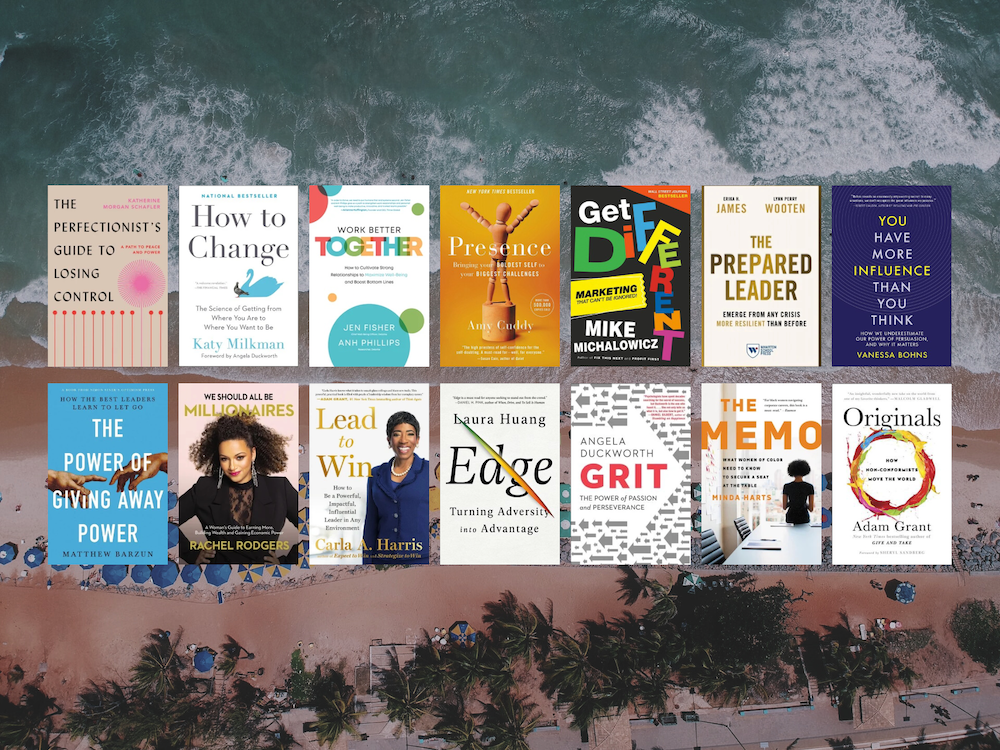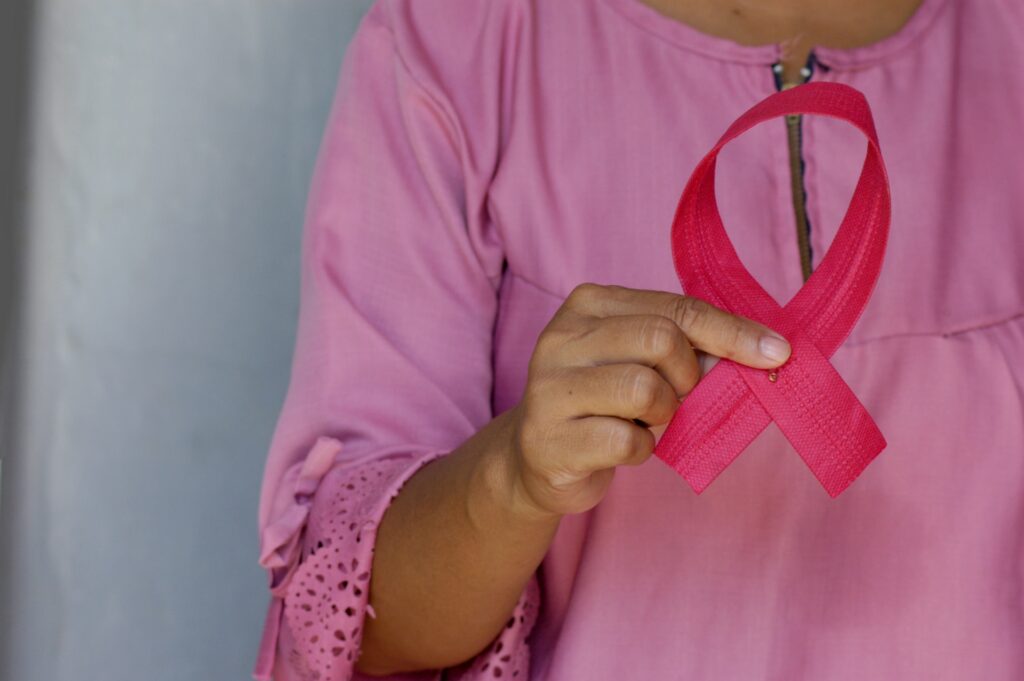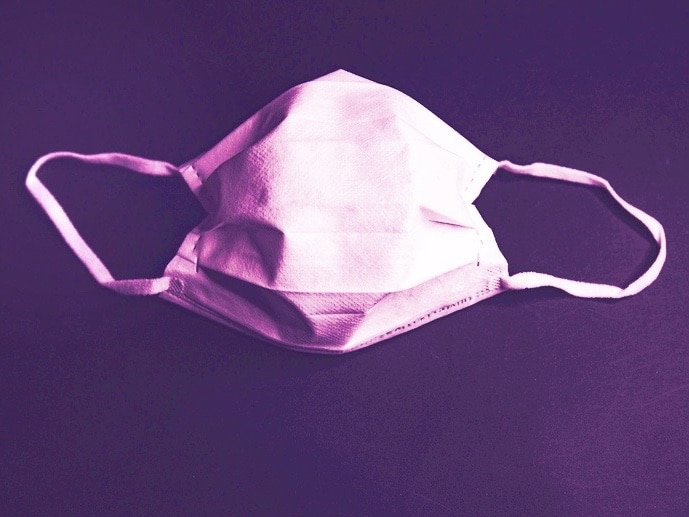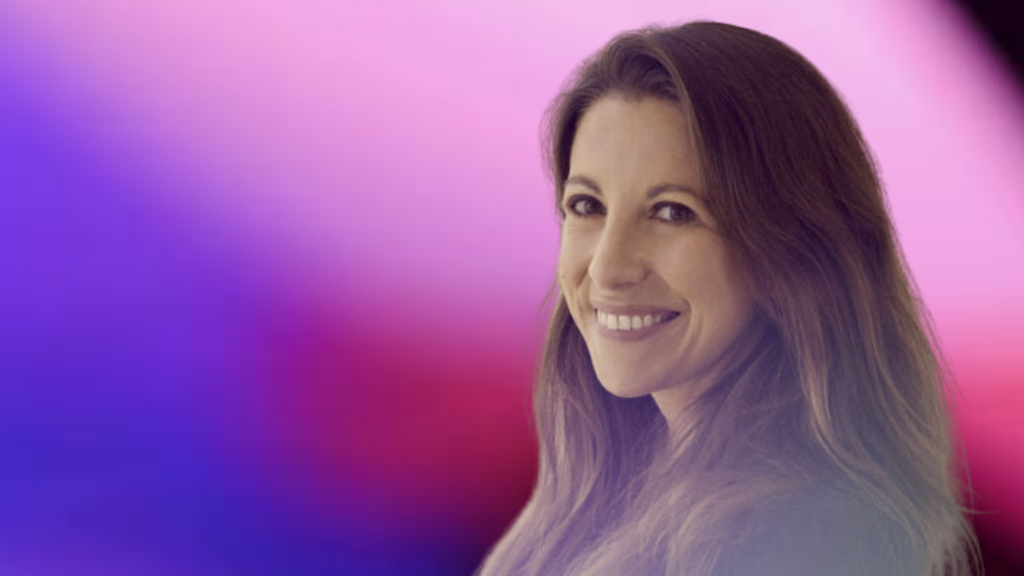Strength, courage and resilience: connecting with the real meaning of Indigenous Peoples Day
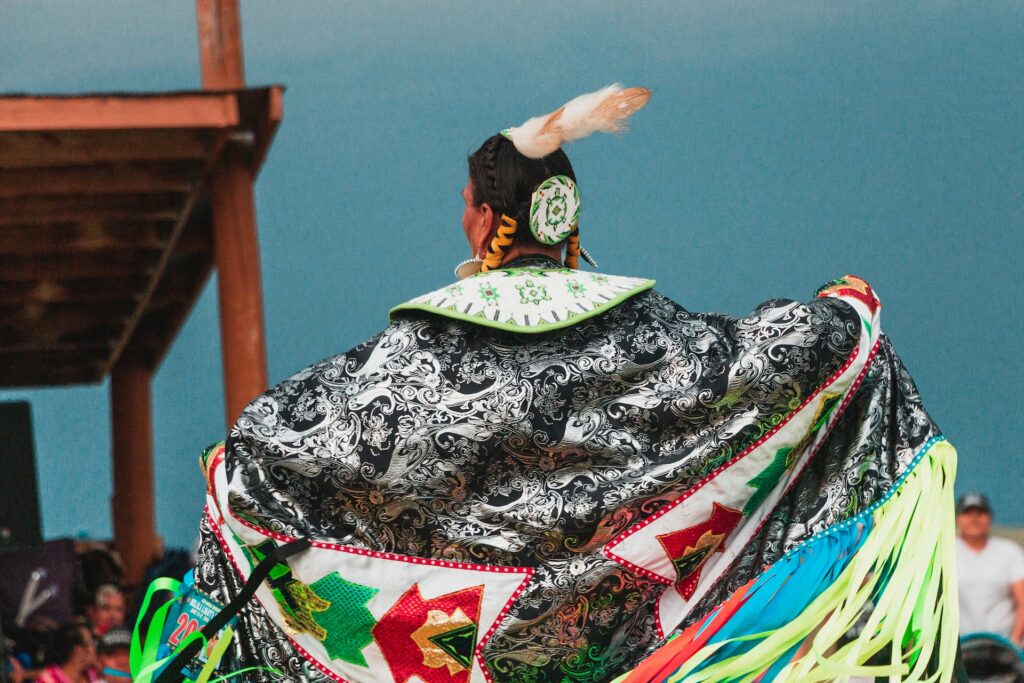
Most of what people learn in school about Indigenous People is full of holes. Those holes leave a lot of room for improvement, space for continued learning, and need for silence to listen to Native people. To make matters worse – for most Americans, formal schooling is where the education on Indigeous People begins and ends.
Contemporary news coverage on Native people often misses the mark, too. Most major newsrooms don’t have any Native reporters, editors, or staffers at all. As a result, even well-intentioned stories being told within mainstream media often devolve into half-truths, cliches (check out this Naja newsroom reporting resource to spot a heavy reliance on stereotypes), and can have deeply damaging effects on Indigenous youth self image.
One common and pervasive misconception that persists even in 2022 is that indigenous tribes are monolithic. In fact, they are completely unique with their own traditions and cultural values, as their own sovereign nations. There were 574 federally recognized sovereign nations in 2021, and 63 state recognized tribes, each possessing their own unique language, culture, and traditions. Indigenous People are the key resources to tell their own stories. They are the experts that need to be consulted, their voices are the ones that need to be heard.
President Joe Biden issued the first-ever presidential proclamation of Indigenous Peoples’ Day on October 11, 2021, marking a refocus of the federal holiday celebrating Christopher Columbus toward an appreciation of native peoples.
For generations, Federal policies systematically sought to assimilate and displace Native people and eradicate Native cultures,” Biden wrote in the proclamation. “Today, we recognize Indigenous peoples’ resilience and strength as well as the immeasurable positive impact that they have made on every aspect of American society. We also recommit to supporting a new, brighter future of promise and equity for Tribal Nations — a future grounded in Tribal sovereignty and respect for the human rights of Indigenous people in the Americas and around the world.”
The idea was first proposed by Indigenous peoples at a United Nations conference in 1977 held to address discrimination against Natives, as NPR has reported. South Dakota became the first state to replace Columbus Day with Indigenous Peoples day in 1989, officially celebrating it the following year. Today, dozens of states and over 130 cities recognize it.
To gain a better understanding of what this day really means to Indigenous people themselves, MBAchic connected with Shannon Holsey, President of the Stockbridge-Munsee Band of Mohican Indians and Treasurer of the National Congress of American Indians as well as Kahnerah’ta’ro:roks (aka Kimberly Terrance), Founder of Indigenous World.
MBAchic: Strength, courage, and resilience has always been a part of who Native people are. What would you like people to know about modern Native communities?
Shannon Holsey: [Indigenous Peoples’ Day] can be a day of reflection of our history in the United States, the role Native people have played in it, the impacts that history has had on native people and communities, and also a day to gain some understanding of the diversity of Indigenous peoples.
It is difficult to reconcile with the complete accomplishments of individuals and also the costs of what those accomplishments came.
There is no specific way how one should appreciate the day, it’s all about reflection, recognition, celebration and an educational opportunity that against all odds and the challenges we have endures from stolen land, forced removals, colonization, termination and boarding school experiences, and genocidal practices to exterminate us, we are still here and as strong and resilient as ever.
Until Native people are fully seen in our society and in everyday life, we can’t accomplish those bigger changes. As long as Native people remain invisible, it’s much easier for people to look past those real issues and those real concerns within those communities.
Much of what has been taught and written about Native American does not reflect the factual history. It is said that, History is always written by the conqueror. I don’t know that we’ll ever get to a place where our people have their land back or have the recognition of who we are, to the degree that we need to or should. But the fact that people are paying attention at this very moment — that’s important, because we will have a greater opportunity to educate people and help them understand why we are where we are right now.
Kahnerah’ta’ro:roks (Kimberly Terrance): We are 110% a strong and resilient People. The problems and values of the modern world and colonialism continue to divide our people and communities while we diligently work for healing, understanding and (re-)connection to our spirits and traditional ways. We, as any I’m sure, are overwhelmed with the work that needs to be done to restore health and well-being to our communities and people while the ingrained ideals of individualism and (unhealthy) competition of this capitalistic society keep us feeling apart and alone at times.
As our traditional Haudenosaunee (Iroquois) teachings goes, “We Bring our Minds Together as ONE and give Thanks,” honoring all we have been given to sustain a bountiful life on our Mother Earth.
Thus, We understand that real change, connection and unity across the globe must occur for us to ensure the health of this planet as it relates directly to the health of all people and generations to come. This world needs us, all of us – to learn, connect and move forward with the greater good of all in our minds.
MBAchic: How can non-Native people best support Indigenous people?
Shannon Holsey: It’s important for Indian Country to have a strong voice and advocacy strategy on those issues that impact our tribal communities. It takes all of us – Tribal Nations, our regional partners, issue organizations, and members to ensure that tribal priorities are advanced at the tribal, federal, state and local level.
True investment in our peoples means understanding and tearing down the social and economic determinants of inequality.
Maintaining a deep and impactful network of social justice and economic development partners. We succeed through the power of a collective voice.
Kahnerah’ta’ro:roks (Kimberly Terrance): By making sure that any “Native” works you access, purchase or support, is by and for Indigenous People – that it is either created by or supported by an Indigenous Person or group; and that it directly benefits and Indigenous Person or Group in some way. In other words, make sure whatever it is you are purchasing or supporting in any reference to Indigenous People is authentic.
This also extends to those who want to learn, connect and support in other ways, be sure you are accessing the source – as most Nations, Tribes/Communities, community-cultural organizations, Indigenous artists, creators, speakers, performers and other forms of Indigenous cultural knowledge sharing have their own websites.
By supporting Indigenous People directly, you aid the facilitation of cultural pathways and socio-economic support to Indigenous communities, while increasing cross-cultural understanding, inclusivity and unity among all people and the planet.
How are you recognizing #indigenouspeoplesday this year? Share your plans with MBAchic on social media to be a part of the conversation and inspire others.

Photo by Andrew James


